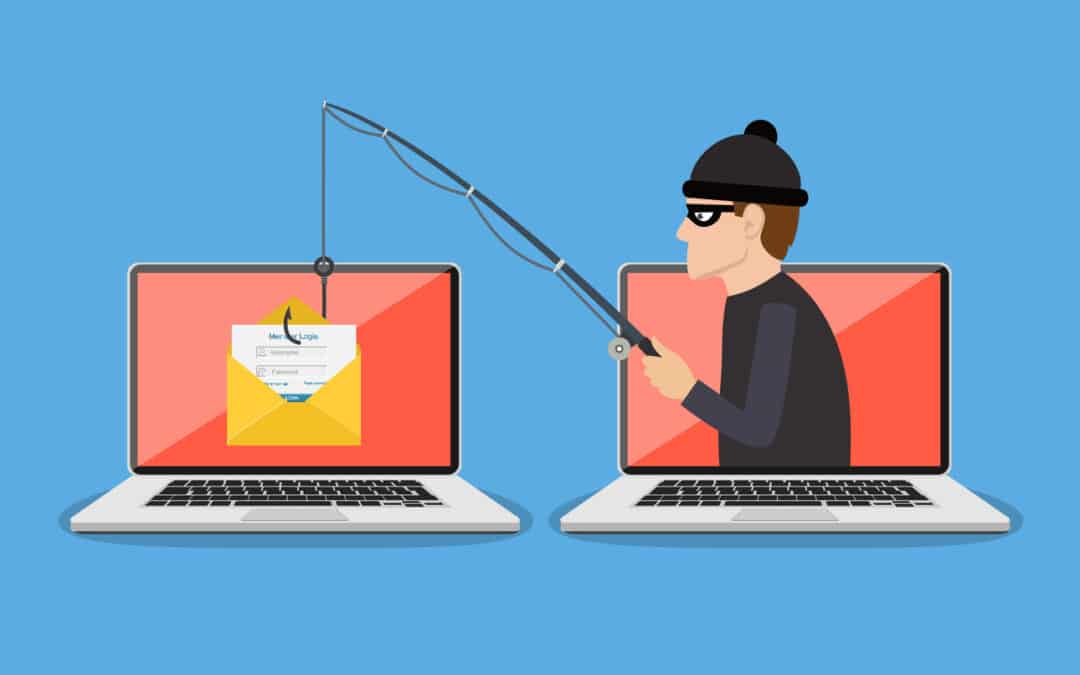
How Phishing is Leveraging Social Media
Social media platforms like LinkedIn, Twitter, and Facebook, as well as simple text messages have become a popular vector for phishing attacks. As phishers step up their scams, organizations need to keep their employees informed on how to spot them.
LinkedIn is widely considered a trusted domain. This means that any malicious emails that are leveraging LinkedIn most likely will not get blocked by your anti-spam and malware filters. The “redirect” feature for business on LinkedIn that allows you to track ad campaign performance can also unfortunately be used by hackers to redirect users to phishing scams. If you are unsure whether a message is legitimate or not, take a pause and do your own research on the site or service in question.
You may have heard of the July 15th Twitter hack that compromised high-profile, verified Twitter accounts. This phishing attack sent out fake tweets with links to a phishing site designed to steal cryptocurrency. Although people were scammed out of money, it could have been much worse, and information could have easily been stolen. If this type of scam can happen to celebrities, political leaders, and large corporations, it can happen to anyone.
Earlier this year, Facebook users were warned of phishing campaigns disguised as Messenger chats. When it comes to Facebook, if you are getting unprompted messages from friends or people you know, asking you to click a link or provide any information, just ignore it. If you think it may be legitimate or important, reach out to that person with another means of communication and ask them to be sure.
SMS
As if social media scams aren’t bad enough, mobile phishing scams are becoming more popular than ever. With all the buttons and ads that pop up on your phone, it can be easy to let your guard down when it comes to mobile phishing scams. Then there is SMS phishing, which can install malware on your device and significantly control your device functionality. If you receive a suspicious text message, do not open it, and absolutely do not click on any links.
All it takes is one click for a hacker to compromise your device. Mobile security should be a top priority for any organization. With more employees using mobile devices for work and having their social media apps such as LinkedIn on their phones, organizations need to step up their anti-phishing capabilities to keep users secure no matter what device they are working from. Organizations should be including regular security awareness training to help employees understand these threats and how they target individuals and businesses. Phishing can come from any source, and you need to be suspicious of any and every suspicious message or link you come across.